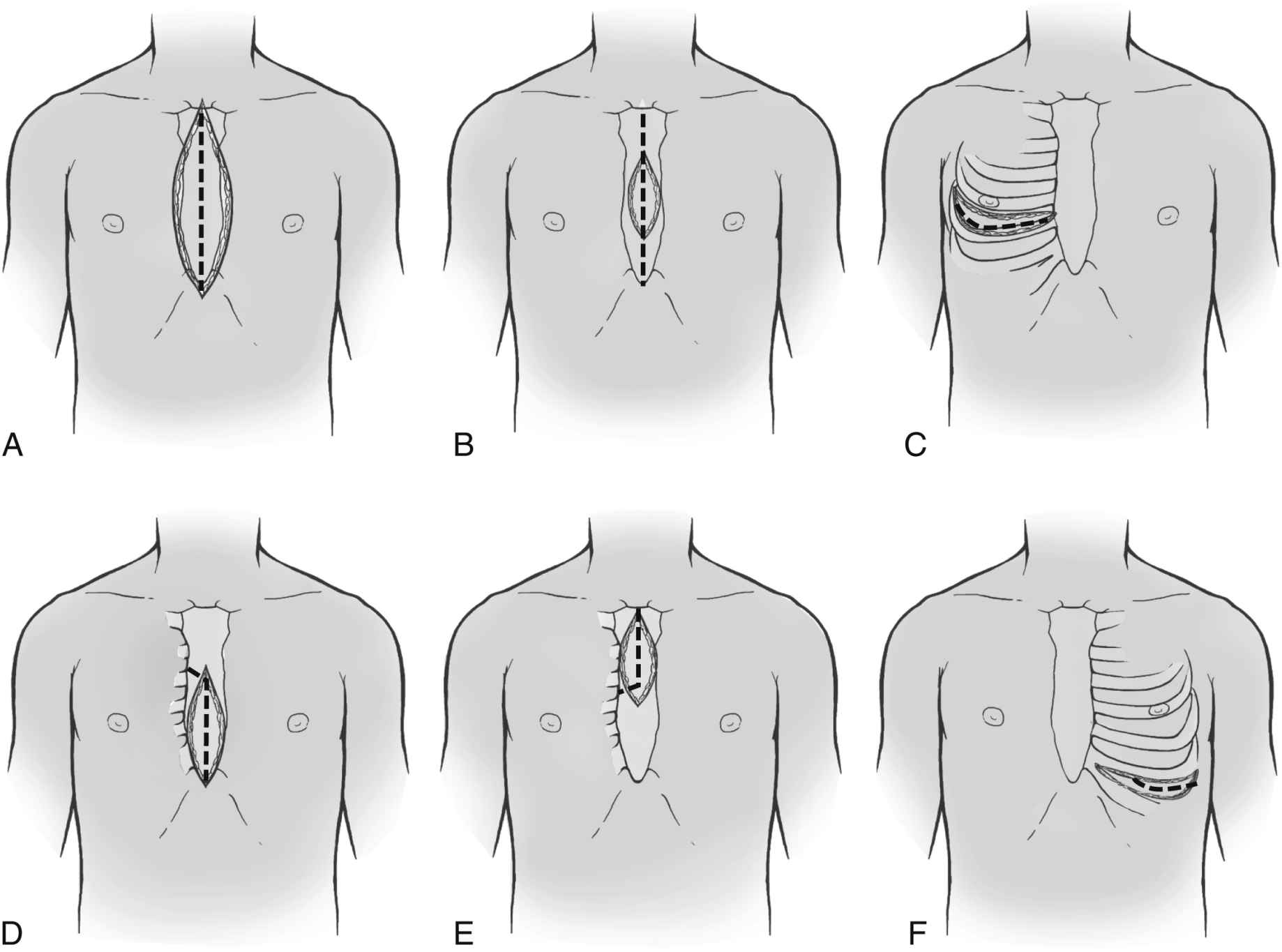

- Oxford handbook of cardiothoracic surgery procedures software#
- Oxford handbook of cardiothoracic surgery procedures trial#
RCTs were selected according to the following inclusion criteria : Moreover, we analyzed the amount of crystalloids and colloids administered during the intraoperative period in order to verify if a GDT approach is useful to control the total amount of administered fluids. The aim of the present updated meta-analysis is to investigate the effect of GDT on postoperative complications in different kind of surgical procedures.

However, all recent meta-analyses focused mainly on major abdominal surgery and on high-risk patients, while the evidence is less clear in other surgical procedures.
Oxford handbook of cardiothoracic surgery procedures trial#
Several meta-analyses support its use in high-risk patients, and a recent trial reports a significant effect also in low–moderate-risk patients. In the last 30 years, many authors have reported that GDT adoption can reduce the incidence of morbidity, and in some studies, mortality. Goal-directed therapy (GDT) is a strategy that aims to optimize dose and timing of fluids, inotropes, and vasopressors, through monitoring of cardiac output and other basic hemodynamic parameters, in order to assure an adequate tissue perfusion and oxygen delivery. Several well-designed RCTs are needed to further explore the effect of GDT in different kind of surgeries. Moreover, the beneficial effect of GDT on postoperative morbidity is significant on major abdominal, orthopedic and neurosurgical procedures. The present meta-analysis, within the limits of the existing data, the clinical and statistical heterogeneity, suggests that GDT can reduce postoperative complication rate. Conclusions and implications of key findings

The total volume of fluid was not significantly different between the GDT and the control group. In both major abdominal and orthopedic surgery, a strategy adopting fluids and inotropes yielded significant results. Also neurosurgical procedures seemed to benefit from GDT (OR 0.40, 95% CI 0.21–0.78, p = 0.008, 2 RCTs, 208 patients). A significant effect was observed in those RCTs enrolling exclusively orthopedic procedures (OR 0.53, 95% CI 0.35–0.80, p = 0.002, 7 RCTs, 650 patients. The analysis enrolling major abdominal patients showed a significant result (OR 0.72, 95% CI 0.59–0.87, p = 0.0007, 31 RCTs, 4203 patients), both in high- and low-risk patients. The sensitivity analysis confirmed the main result. In the overall population, 2836 patients developed at least one complication: 1278 (40%) were randomized to perioperative GDT, and 1558 (49%) were randomized to control. Of these, 3162 were randomized to perioperative GDT and 3153 were randomized to control.
Oxford handbook of cardiothoracic surgery procedures software#
Meta-analytic techniques (analysis software RevMan, version 5.3.5, Cochrane Collaboration, Oxford, England, UK) were used to combine studies using odds ratios (ORs) and 95% confidence intervals (CIs).

A subgroup-analysis was performed considering the kind of surgery: major abdominal (including also major vascular), only vascular, only orthopedic surgery. The primary outcome measure was complications, defined as number of patients with at least one postoperative complication. Randomized controlled trials (RCTs) on perioperative GDT in adult surgical patients were included. The aim of the present meta-analysis is to investigate the effect of GDT on postoperative complications (defined as number of patients with a least one postoperative complication) in different kind of surgical procedures. However, all recent evidences focused on high-risk patients and on major abdominal surgery. Several meta-analyses confirm that GDT can reduce postoperative complications. Goal-directed therapy (GDT) aims to assure tissue perfusion, by optimizing doses and timing of fluids, inotropes, and vasopressors, through monitoring of cardiac output and other basic hemodynamic parameters.


 0 kommentar(er)
0 kommentar(er)
